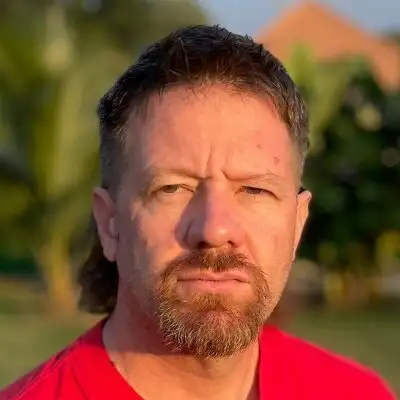One thing I'd like everyone to understand about MLSN
Grass is alive (hopefully), so it uses nutrients. That means the nutrients in the soil go down over time. When using MLSN the way I do it, you'll make an estimate of how much the soil nutrients will go down, and from that you can get a site-specific fertilizer recommendation.
This episode is a discussion of this blog post and article: https://www.asianturfgrass.com/post/one-thing-i-wish-everyone-understood-about-mlsn/
Grass uses nutrients, so we can expect the soil nutrient level to be lower tomorrow than it is today. By making a prediction of the decline in soil nutrient levels for a specific time duration, one can come up with a fertilizer recommendation that ensures the grass will be supplied with all the nutrients it can use.
PACE Turf's climate appraisal form makes all these calculations for you: https://www.paceturf.org/index.php/journal/climate
To receive the full text of each new ATC blog post the same day it is published, subscribe: https://www.asianturfgrass.com/#newsletters
Watch this episode of The ATC Doublecut at: https://youtu.be/9TtqqkamAsc
Grass uses nutrients, so we can expect the soil nutrient level to be lower tomorrow than it is today. By making a prediction of the decline in soil nutrient levels for a specific time duration, one can come up with a fertilizer recommendation that ensures the grass will be supplied with all the nutrients it can use.
PACE Turf's climate appraisal form makes all these calculations for you: https://www.paceturf.org/index.php/journal/climate
To receive the full text of each new ATC blog post the same day it is published, subscribe: https://www.asianturfgrass.com/#newsletters
Watch this episode of The ATC Doublecut at: https://youtu.be/9TtqqkamAsc
Find out more about soil tests with ATC at https://www.asianturfgrass.com/project/soil-tests/
See GCSAA Conference seminars at https://gcsaaconference.com/
See GCSAA Conference seminars at https://gcsaaconference.com/
Creators and Guests

Host
Micah Woods
I'm chief scientist at the Asian Turfgrass Center and director of the @paceturf information service. Some current projects include #OM246, #ClipVol, and #MLSN.
